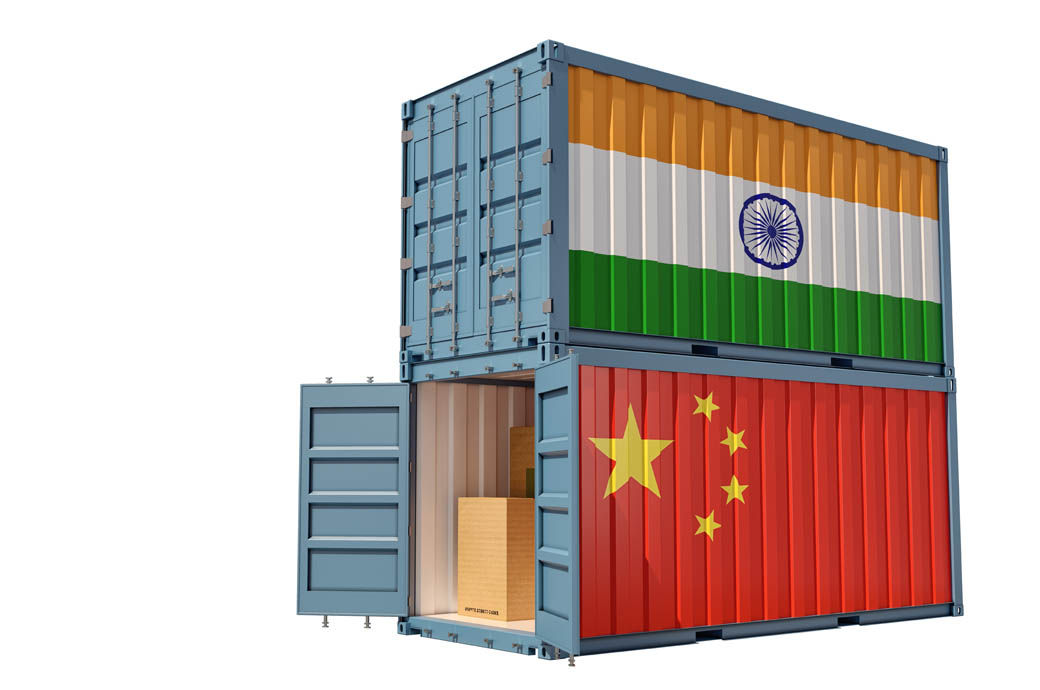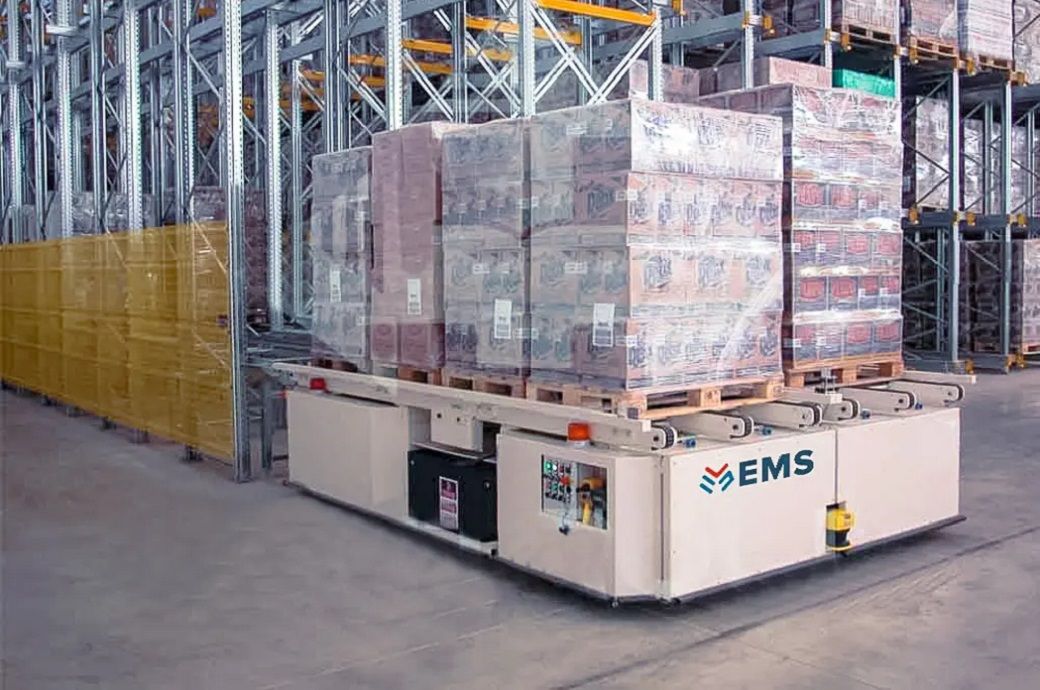It’s the first time this material has been used in the footwear industry.ASICS has just released the Gel-Lyte III CM 1.95 sneaker. This sneaker has a significantly lower emissions across its life cycle than any other available sneaker, representing a large step forward by ASICS in its mission to reach net-zero emissions by 2050. The Gel-Lyte III CM 1.95 is the outcome of ten years of research by ASICS. ASICS has been able to make hundreds of small improvements across the four key stages of the product life cycle (materials and manufacturing, transportation, use and end-of-life) by continuing to fine-tune its research and reapply the findings. Some of the sneaker’s series of innovations include a new carbon negative foam, which is featured as part of its midsole and sockliner. This is the first time this material has been used in the footwear industry. The Gel-Lyte III CM 1.95 shoe is made from a combination of different bio-based polymers, some of which are derived from sugarcane. This results in a shoe that is both comfortable and high-quality, while also being sustainable. Other notable design features of the shoe include the use of recycled and solution-dyed polyester in the upper material and sockliner mesh. This reflects ASICS’ goal of sourcing 100% of its polyester from recycled sources by 2030. The shoe also has a new structure that uses less material overall, and the entire manufacturing process is powered by 100% renewable energy. The release of the Gel-Lyte III CM ‘Sustain’ reinforces these values by celebrating the brand’s ability to push boundaries to create an even more sustainable future for all,” Nick Brown, ASICS senior general manager of marketing, said.
The new sneaker is ASICS’ first step towards their goal of net-zero emissions by 2050. Conservation of the environment is important to ASICS so that future generations can continue to enjoy the benefits of sport. The Gel-Lyte III CM 1.95 is just the beginning of ASICS’ journey to sustainability. They plan to learn from this experience and apply it to future projects on an even larger scale. ASICS’ values of sport and mind are reinforced with the release of the Gel-Lyte III CM ‘Sustain’. Not only does this shoe celebrate ASICS’ achievements, but also their commitment to a sustainable future for all. ASICS’ CEO, Yasuhito Hirota, has said that the company is committed to doing its part to ensure the long-term viability of the planet, so that future generations can continue to experience the uplifting impact of sport on the mind. He said that to achieve a sound mind in a sound body, you need a sound earth to move on, after all, and that the road ahead maybe long but the Gel-Lyte III CM 1.95 is ASICS’ latest statement of intent on this journey. He hopes it can help inspire real positive change in the sports industry on the way to achieving net-zero emissions by 2050.
ASICS has launched the Gel-Lyte III CM 1.95 sneaker. Emitting just 1.95 kg CO2e across its life cycle, significantly lighter than the lowest CO2e sneakers available on the market, it represents a significant leap forward by ASICS in its commitment to achieve net-zero emissions by 2050. The Gel-Lyte III CM 1.95 is the result of ten years of research by ASICS.
In continuing to finetune its research and reapply the findings, ASICS has been able to make hundreds of incremental gains across the four key stages of the product life cycle (materials and manufacturing, transportation, use and end-of-life), identifying all the small differences that combine to make a big impact. The result is the Gel-Lyte III CM 1.95, the company said in a press release.
Among the sneaker’s series of innovations is a new carbon negative foam, which features as part of its midsole and sockliner. Made from a fusion of bio-based polymers derived partly from sugarcane, these combine to deliver high-level comfort and quality in a sustainable way.
Other key design details in the shoe include the use of recycled and solution dyed polyester in the main upper material and the sockliner mesh, reflecting ASICS’ target of sourcing 100 per cent of its polyester from recycled sources by 2030. The shoe features a new structure utilising tape that enables less material usage, and 100 per cent renewable energy used throughout the manufacturing phase.
The result of all these innovations and changes coming together is the Gel-Lyte III CM 1.95. The ground-breaking new sneaker is a milestone in ASICS’ long-term ambition of achieving net-zero emissions as a business by 2050, helping conserve the ability of future generations to continue experiencing the uplifting power of sport on the mind.
“At ASICS we have long been committed to exploring and testing more sustainable methods through our value chain to reduce our impact on the planet. While the Gel-Lyte III CM 1.95 is a hugely significant milestone on this journey, this is only the beginning. Our ambition now is to continue applying the learnings and build on the blueprint of this shoe in a way that can be rolled out on an even bigger scale in the future,” Minako Yoshikawa, senior general manager, ASICS sustainability division, said.
“ASICS has long believed in the powerful intrinsic link between sport and the mind. That’s why we’re so committed to doing our part to ensure the long-term viability of our planet. That way we can ensure that future generations can continue to experience the uplifting impact of sport on the mind. To achieve a sound mind in a sound body, you need a sound earth to move on, after all. The road ahead maybe long but the Gel-Lyte III CM 1.95 is our latest statement of intent on this journey. We hope it can help inspire real positive change in the sports industry on the way to achieving net-zero emissions by 2050,” Yasuhito Hirota, ASICS CEO, said.
Fibre2Fashion News Desk (GK)


 World News2 years ago
World News2 years ago
 World News2 years ago
World News2 years ago
 World News2 years ago
World News2 years ago
 World News2 years ago
World News2 years ago
 World News2 years ago
World News2 years ago













